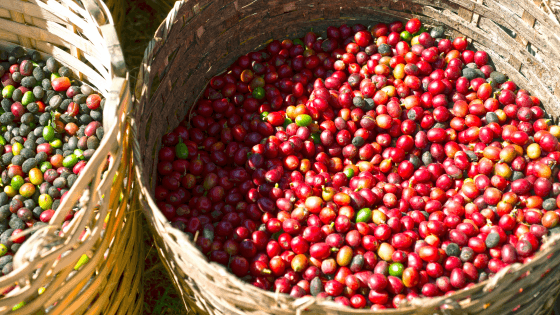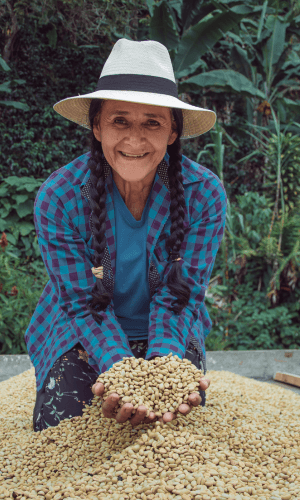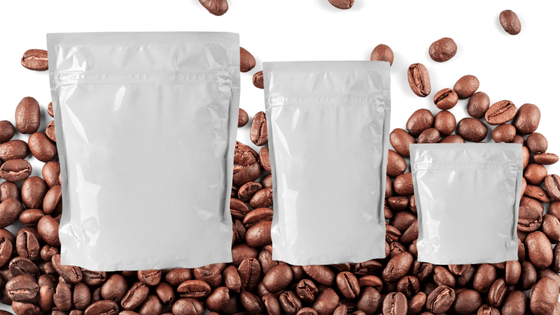When we think about coffee, it’s usually just about the impact of the caffeine and how it’ll get us through our day. But there’s a lot more to it when you open the pouch and take a whiff – there are details within because while it may not seem like it, there’s a lot that goes into every bag of coffee we grab off the grocery store shelves or at the local farmer’s market than just some beans in a bag.
Types of Coffee Packaging
To learn more about the world of coffee and its roasted complexities, we got together with ePac coffee guru Anna Younes and dove into the world of ground beans, global sourcing, and the best packaging for coffee. Being the northeastern regional sales manager, she takes a lot of calls all day and has learned a ton about the business of coffee, so we wanted to talk about it.
Coffee Packaging Options / Features
“At ePac we can offer you an ‘all-you-can-eat’ buffet of options, but you must know what’s realistic with different types of coffee packaging material. If you’re trying to be a green brand that wants sustainable packaging, we can do that, but that comes at the expense of what the artwork can look like in terms of design. What do you want the style to be, if you say earthy and a basic color, that can happen with a recyclable package. If you want a flashy silver and gold package, that’s PCR. Some people want a top that’s closeable and some want a zipper. All these details matter for how you want the brand represented.”
Understand Labeling / Size Requirements
Regarding coffee packaging requirements, have you looked at what your competitors are doing? Go to the store, check out their bags, what they look like, and how they feel, and think about how you can stand apart from the pack. “A lot of coffee companies need to utilize the power of the QR code. That’s a missed opportunity to get customers engaged in the brand whether it’s a social media link or more direct sales. Work with a good artist and go that extra mile to give your bags a personality rather than being just ‘coffee.’ People notice.”
Stand Out With Unique Packaging Designs
Anna was clear on one point during our discussion that every roasting company needs to think about the details when it comes to their coffee. “There are other companies out there doing bags, but are they consulting with you? We do that because it’s critical. Think about how many different SKUs you have – every country of origin matters because you need to pay attention to bean size and density. Always measure your darkest roast. Coffee is not one-size-fits-all. There’s no stock coffee bean size, so if you measure with a medium roast, that bean isn’t the size of a dark bean. You need to know where these beans come from, too. Origin also matters for bean size and there needs to be a bean-to-air ratio.”
Choose The Best Packaging Material
Another one of those details is considering extracts, like is your bean vanilla-flavored? That’s a coating that may need an additional barrier that goes back to the original point. If you plan on using nitro flush, you’ll need a space barrier, too. Anna continued, “If you’ve got a more oily bean, you should pay attention to bag texture because that oil could leak through the packaging. Correct bag density is important.”
Another thing Anna mentioned was the importance of the degassing valve. “Ground coffee versus whole beans are two different things. A valve matters because the bag will bloat and in some cases, explode if you don’t have a degassing valve. For ground coffee, you can get away with not having one, but for whole bean, the valve is needed.”
Wise words from someone who’s helped companies around the country launch their dark-roasted dreams. We’re proud to have Anna on our team as our caffeinated secret weapon. If you’re in the coffee business and thinking about what’s next for your packaging, we’d love to chat about how ePac can help you get on the supermarket shelves or become the darling of the hipsters in your neighborhood. We’ll bring the beard oil.



